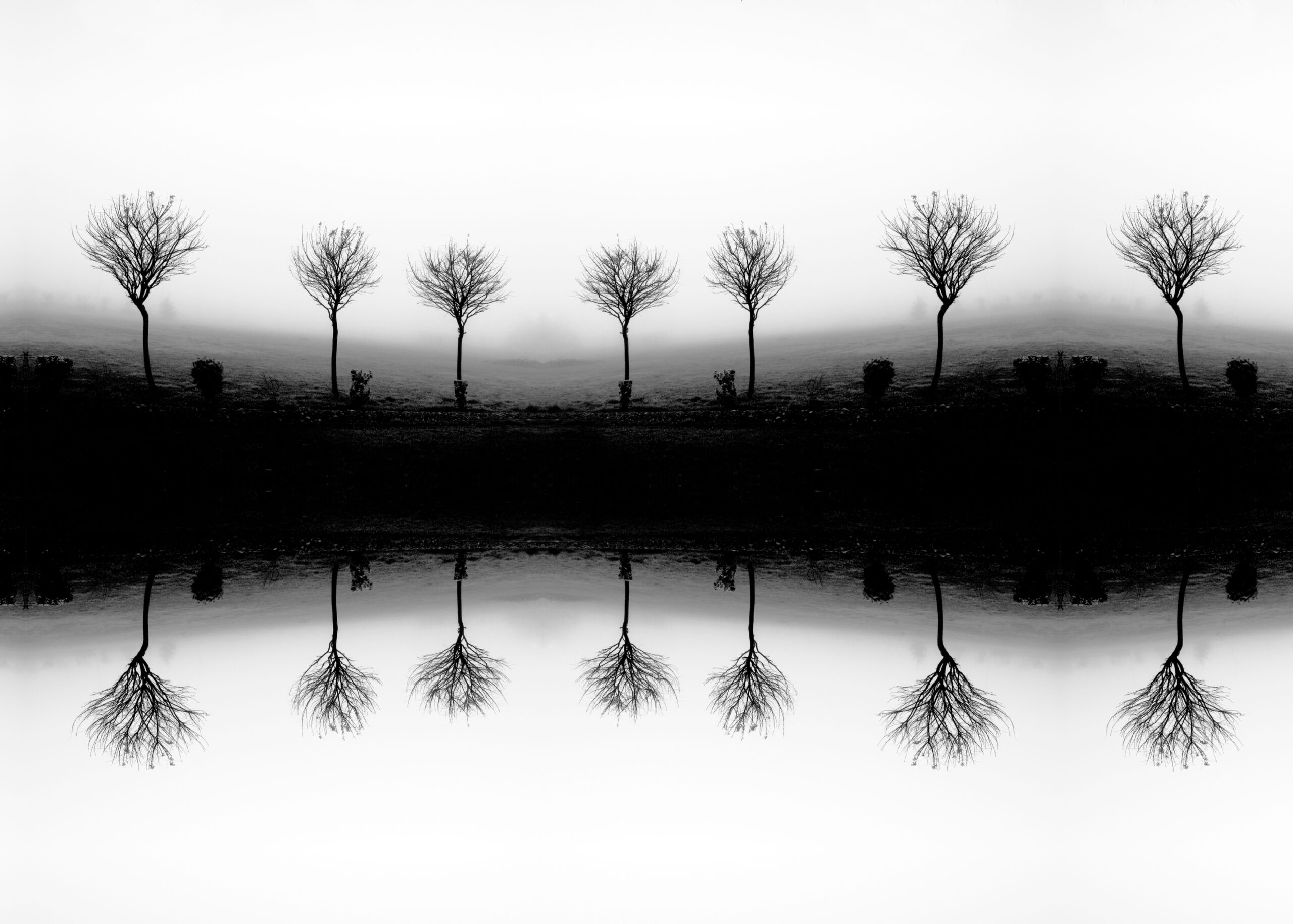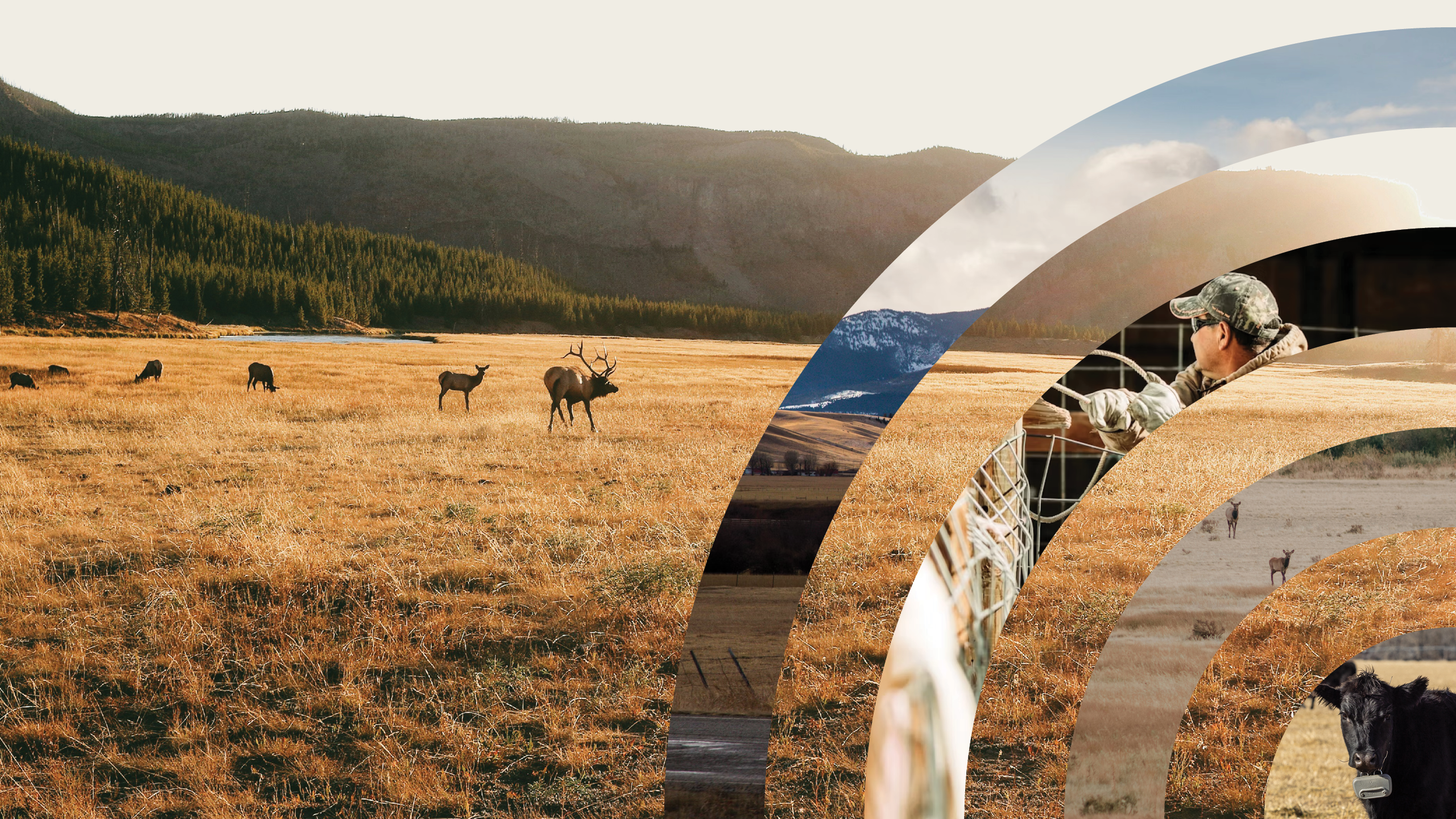This fall, PERC convened a Lone Mountain Forum on “Reconciling Economics and Ecology: The Foundation of Environmental Optimism” in which this writer was privileged to participate. While economics is a common topic at PERC gatherings, this forum featured a dazzling array of disciplines represented by the likes of Matt Ridley, the “Rational Optimist,” Charles Mann, author of 1491 and 1493, Daniel Botkin, the distinguished ecologist, as well as practitioners of anthropology, history, journalism, and law.
Nature in the twenty-first century will be a nature that we make; the question is the degree to which this molding will be intentional or unintentional, desirable or undesirable.
Facilitated by Terry Anderson, PERC’s president, the forum participants were encouraged to engage one another on an issue fundamental to the integration of economics and ecology, a question which must be faced with great realism if, ultimately, we want to succeed at environmental restoration. Specifically, what is the nature of nature?
Humans Versus Nature
The debate over the relationship between human beings and nature is as old as history itself. Should public lands be preserved untouched or made available for “wise and multiple use?” Is nature better left alone to achieve some perceived state of balance? Or is the very idea of balance, stasis, or equilibrium a misperception of a world, which, in fact, is characterized by flux, upheaval, dynamism, and change? Moreover, are humans a “natural” part of the ecosystem or an alien invader, a destroyer of worlds, to be segregated from true nature? And which version of nature, or what kind of natural baseline, do we use in time and space to assess human actions that exploit, protect, or restore environmental amenities according to diverse human needs, wants, and expectations?
The Lone Mountain Forum was preceded by a controversy early this year in the Breakthrough Journal. Peter Kareiva, Michelle Marvier, and Robert Lalasz, top scientists from the Nature Conservancy, criticized other mainstream conservationists for failing to take account of the role of humans in ecosystems (“Conservation in the Anthropocene: Beyond Solitude and Fragility,” Winter 2012). This was met with strong rebuttals from other quarters, specifically the head of the Center for Biological Diversity.
“By its own measures, conservation is failing,” opined the scientists. Indeed, “Conservation binaries— growth or nature, prosperity or biodiversity—have marginalized it in a world that will soon add at least two billion people.” The Lone Mountain Forum was a timely contribution to this debate.
Forum participant Daniel Botkin wrote a pathbreaking book, Discordant Harmonies: A New Ecology for the 21st Century (1990), which argues that human misperceptions of a natural balance in nature actually hindered scientific efforts of protection and restoration. Botkin cites the Boundary Waters Canoe Area in northern Minnesota, a very wild place, which “could persist with the least direct human intervention.” It has from the end of the last ice age until the time of European colonization, “passed from the ice and tundra to spruce and jack pine forest.” From there it shifted to paper birch and alder, and then back to spruce, jack pine, and white pine driven by variable climate. “Which of these forests represented the natural state?” asks Botkin.
The time has come to rethink wilderness….Far from being the one place on earth that stands apart from humanity, it is quite profoundly a human creation.
“If natural means simply before human intervention, then all these habitats could be claimed as natural, contrary to what people really mean and really want,” wrote Botkin. “What people want in the Boundary Waters Canoe Area is the wilderness as seen by the voyageurs and a landscape that gives the feeling of being untouched by people.” Botkin’s book has been reissued by Oxford University Press under the title, The Moon in the Nautilus Shell: Discordant Harmonies Reconsidered.
The Wilderness Illusion
Environmental historian and Bancroft Prize winner William Cronon wrote a challenging essay in 1995 called “The Trouble with Wilderness; or, Getting back to the Wrong Nature.” He writes:
The time has come to rethink wilderness…. Far from being the one place on earth that stands apart from humanity, it is quite profoundly a human creation—indeed, the creation of very particular human cultures at very particular moments in human history. It is not a pristine sanctuary where the last remnant of an untouched, endangered, but still transcendent nature can for at least a little while longer be encountered without the contaminating taint of civilization. Instead, it is a product of that civilization, and could hardly be contaminated by the very stuff of which it is made.
The trouble with wilderness is that it creates something its supporters seek to reject. “The flight from history that is very nearly the core of wilderness represents the false hope of an escape from responsibility, the illusion that we can somehow wipe clean the slate of our past and return to the tabula rasa that supposedly existed before we began to leave our mark on the world,” cautions Cronon. If we celebrate “wilderness as the measure with which we judge civilization, we reproduce the dualism that sets humanity and nature at opposite poles,” he writes. “We thereby leave ourselves little hope of discovering what an ethical, sustainable, honorable human place in nature might actually look like.”
Botkin describes this burden of human responsibility succinctly: “Nature in the twenty-first century will be a nature that we make; the question is the degree to which this molding will be intentional or unintentional, desirable or undesirable.”
Nature is Omnipresent
Emma Marris, a writer for the science journal Nature and another participant in the Lone Mountain Forum, recently presented her own view of the issues of nature, humanity, and the interaction between the two in her new book, Rambunctious Garden: Saving Nature in a Post-Wild World.
Marris uses the metaphor of a “rambunctious garden” both to illustrate the dynamic, changing reality of nature and the predictably unpredictable role of human beings in the natural world. The rambunctious garden, it turns out, is “everywhere.”
“We are already running the whole Earth, whether we admit it or not,” writes Marris. “To run it consciously and effectively, we must admit our role and even embrace it. We must temper our romantic notion of untrammeled wilderness and find room next to it for the more nuanced notion of a global, half-wild rambunctious garden, tended by us.”
Marris sees the ecologist’s fixation on a “pristine baseline”—a “cultural construction” of the pre-European settlement variety—as the initial misstep in restoration efforts.
“But from the point of view of a geologist or paleo-ecologist, ecosystems are in a constant dance, as their components compete, react, evolve, migrate, and form new communities,” says Marris. “Geological upheaval, evolution, climatic cycles, fire, storms, and population dynamics see to it that nature is always changing.”
Humans have lived in Australia for 50,000 years. “Aborigines increased the amount of flammable plant material. This, combined with their fire- setting ways, may have changed the dominant species in many parts of the country,” says Marris. She quotes one authority that claims that “virtually all the continent’s ecosystems as being in some sense man-made.”
“Protected areas like Yellowstone are not the wrong model, but a crucial part of an expanded model,” says Marris. “Such protected areas become anchors, with overlapping zones of various protection regimes and conservation goals radiating out from them, like petals from the center of a rose.” Indeed, pursuing natural recovery in urban and other disturbed areas educates people and creates demand for more.
But from the point of view of a geologist or paleo-ecologist, ecosystems are in a constant dance, as their components compete, react, evolve, migrate, and form new communities.
“A consequence of throwing out the ‘pristine wilderness’ ideal is that conservationists, and society at large, now have to formulate alternative goals for conservation,” says Marris. She cites seven non-hierarchical goals such as protecting charismatic mega fauna and genetic diversity, most of which are pretty conventional. “There is no one best goal,” she writes. Thus, “complex compromises” must be negotiated. “In a nutshell, give up romantic notions of a stable Eden, be honest about goals and costs, keep land from mindless development, and try just about everything.”
Environmental Realism
As Matt Ridley opined at the forum deliberations, neither ecologists nor economists really believe in equilibria anymore. Yet, does this mean we are now left with only chaos and relativism in our relationship with the natural world in a new “era of agnosticism,” as described by the environmental historian Donald Worster, in which the very idea of the ecosystem or nature is nothing more than fiction? Is the idea of “some comprehensive order in organic nature” now totally suspect? Is the difference between a landfill and a landscape with vibrant ecological functions merely a matter of taste?
I think not. What I hear Botkin, Ridley, and Marris saying is that nature is characterized by dynamic complexity and human beings are a perplexing but intimate part of the mix. This is not pure chaos or environmental nihilism. It is realism upon which we can ground hopeful action on behalf of nature and the people who benefit from it. The laws of physics and biology, the need to protect resilience and biodiversity in nature—these do not change. What has changed is that human beings are now the necessary agent of stewardship to maintain the wonder, beauty, and bounty of the natural world.
Parts of this article originally appeared in www.spectator.org and The Environmental Forum (Environmental Law Institute at www.eli.org).
Download or view the pdf here.



